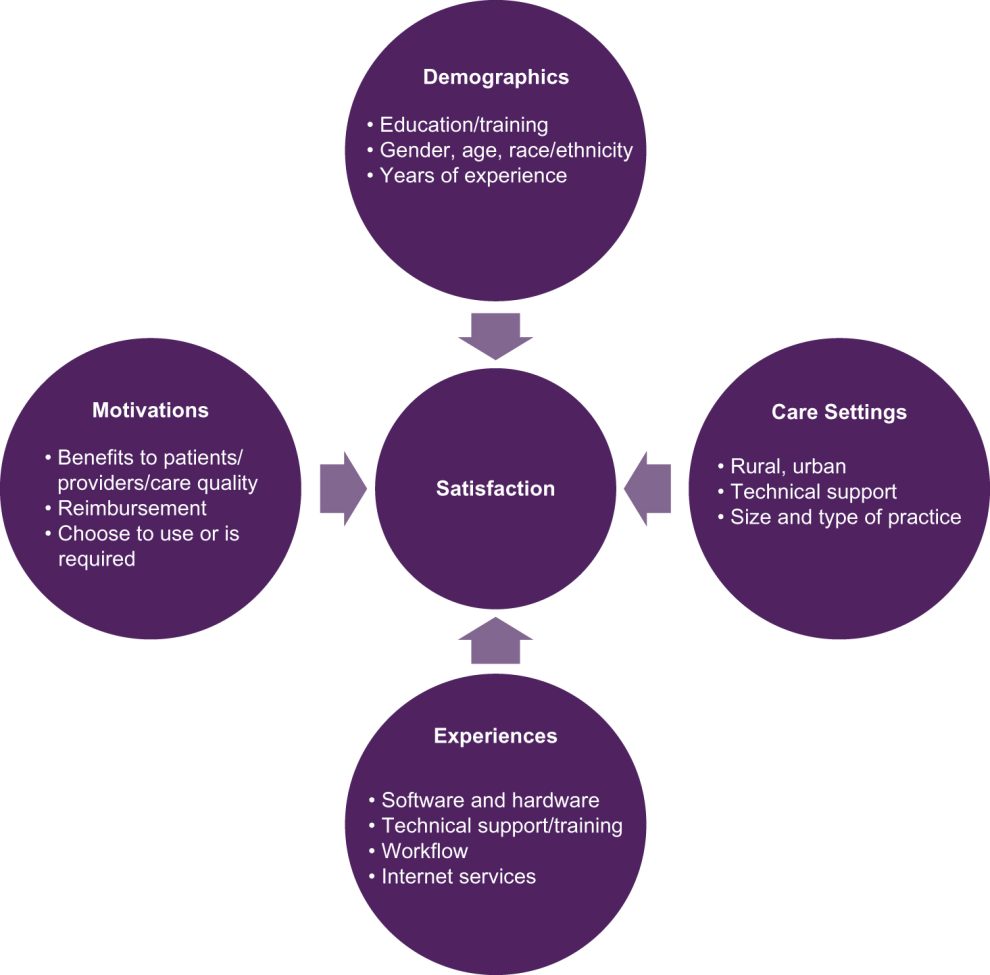Telemedicine refers to the application of digital systems to care for, diagnose, and treat patients. It has become indispensable in delivering healthcare to busy or underserved individuals. You can benefit from the convenience and efficiency of Gahanna telemedicine. This article is a breakdown of the principal elements of a telehealth system.
Virtual appointments and teleconsultations
A virtual visit is where the doctor and patient communicate through a digital system. Healthcare providers utilize various telecommunication technologies to deploy virtual appointments. The most common way is to use video conferencing software to talk to patients.
Your healthcare provider may discuss your symptoms through a video link. You can complete a doctor’s visit from the comfort of your home. Virtual visits eliminate the inconvenience of commuting to the hospital for busy people.
Teleconsulting can also happen between medical professionals. A doctor may need to consult a cardiac specialist in a remote location. Using digital systems to communicate reduces the costs of the practice.
Remote patient monitoring
Some chronic diseases require routine checks to track symptoms. Telemedicine may also involve remote patient monitoring for patients with diabetes or heart disease.
Remote patient monitoring utilizes biosensors to send data to the healthcare practice. The devices can record blood pressure, blood glucose levels, heartbeat, and breathing rates. Some monitors can track dementia and apnea symptoms.
Digital technology not only makes monitoring symptoms more convenient, but it also tracks the subtlest signs of complications. It ensures the timely identification of health issues to facilitate prompt treatment.
Chronic disease management
Telemedicine is also an effective tool for facilitating long-term care for patients with chronic diseases. Taking the patient to the doctor for routine checkups is impractical. The process can be inconvenient for family members and caregivers.
Doctors can conduct assessments and consultations through the phone or videoconferencing. It reduces the time needed to visit patients in house calls. The time-saving benefits allow doctors to provide quality care to patients.
Analysis has shown telemedicine has a positive impact on patients with chronic diseases. The virtual process can replace in-person visits if providers adhere to healthcare policies.
Patient Education
One of the challenges of chronic disease management is imparting healthcare literacy. Studies show the lack of knowledge of symptoms and medication can affect treatment outcomes.
Telemedicine offers a convenient approach to conveying information to patients. Through virtual visits, patients can learn to plan meals for optimal health. The appointment may also teach the impact of smoking, drinking, and other lifestyle habits.
Prescriptions and automatic refills
You may also take advantage of telemedicine’s convenience for prescriptions. Healthcare providers use a secure platform to deliver medications to patients.
You can receive automatic refills through telemedicine. The solution is not only a time saver, but it also ensures patients have medication when required.
Automatic refills reduce gaps in the prescription process that could cause worsening symptoms. The type of medicine will determine if it can be delivered through telemedicine. You can discuss this with your doctor during your next virtual visit.
Find out more about telemedicine by calling On Time Urgent Care, LLC, or schedule an online appointment.







